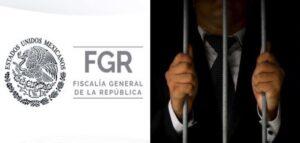The SAT points out that the study covers the period from 2015 to 2019, and the fraud focused on falsified records of bad credit losses and investment simulation.
When comparing the information portfolio of the National Banking and Securities Commission (CNBV) with the declarations delivered to the SAT, inconsistencies were detected in discounts and penalties reported by the banking institutions, which gave rise to a tax evasion -only in banks and for that concept- of between one and two billion dollars.
When analyzing the figures of those past few years, it was found that the banking institutions present an over-report of losses, since there are amounts not registered with the CNBV.
Mining is another of the sectors that the SAT has followed up on for practices of possible avoidance and tax evasion.
Another part of the study, this time commissioned to the Autonomous University of Coahuila, states that mining companies may have stopped delivering to the treasury just over a billion dollars between 2016 and 2019, an evasion of more than 32 percent of what they had to deliver.
The subsectors identified with the greatest possible evasion were the companies extracting silver, lead, zinc and iron, which together represent 70 percent of the total estimated evasion, the SAT reported.
pgh/llp/mem/lma










